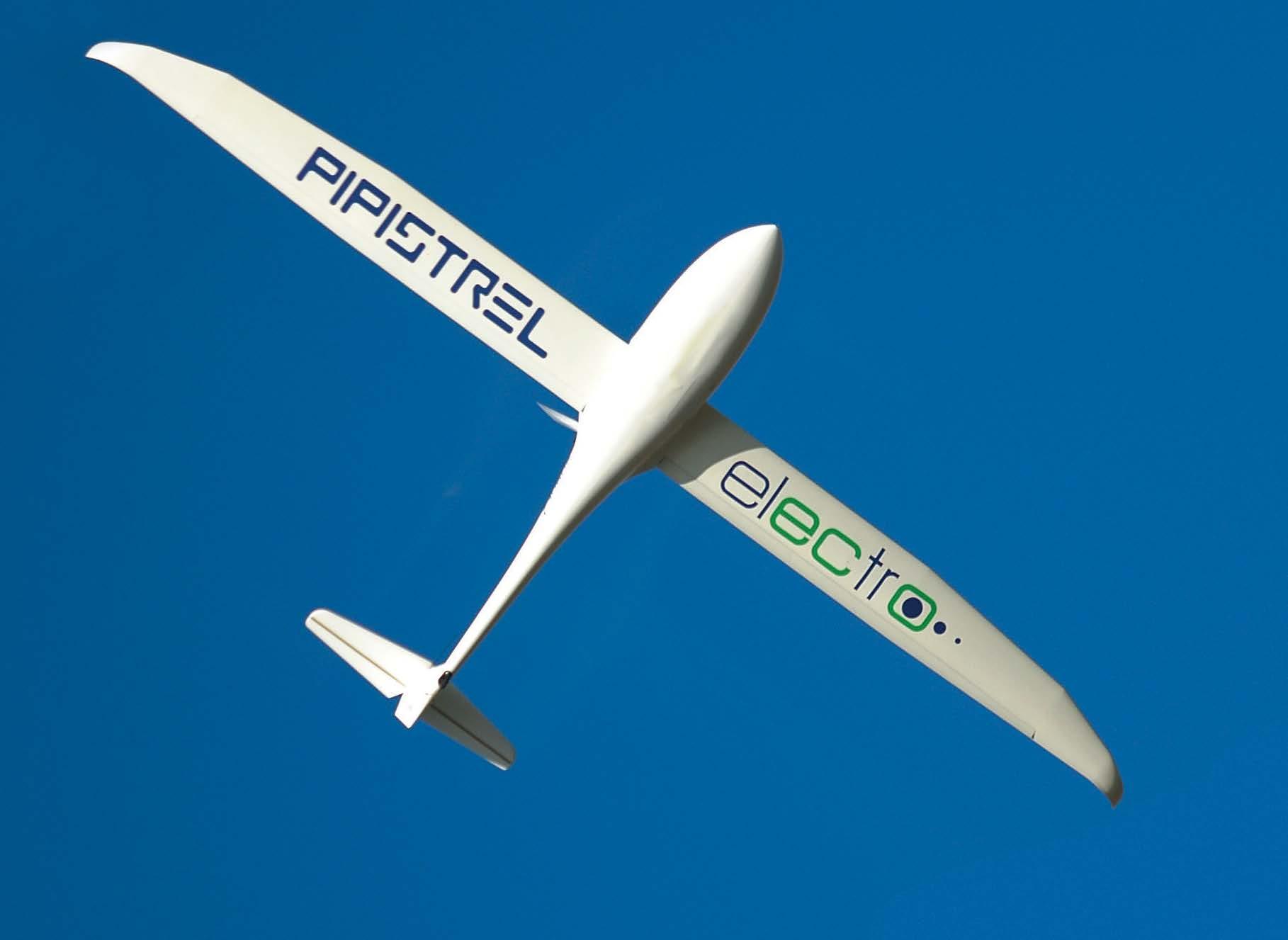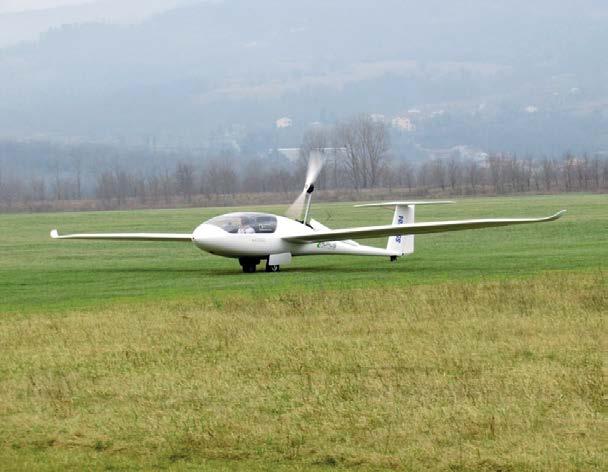
1 minute read
The Pipistrel Taurus Electro G2 and a Theoretical Gliding Club
from SoaringNZ Issue 21
by mccawmedia
By Alan Clark – NZ Pipistrel Agent
Imagine a gliding club committee meeting where the club is facing a decision – which new two seat training glider should they buy?
Advertisement
They have some instructors, some keen students, an airfield, about $200,000 and a smallish hangar. Their primary options are a two seat glider, a tow plane, and /or a winch.
The issues are many and varied, but will include the cost of two aircraft, the winch, insurance, availability of tow pilots, cost of fuel, maintenance, noise, hangar space and so on. Fuel, maintenance and insurance for the tow plane alone could easily be $20,000 p.a. and spread over ten years could quite conceivably add up to $200,000.
Enter another option – the Taurus Electro G2 two seat 41:1 self launcher.
The benefits: no fuel, only one aircraft to insure, one aircraft to hangar, low maintenance, no noise, long life electric engine, no costly tow plane, and no need for tow pilots.
The limitations are only two climbs to 3,000 ft per day or four climbs per day with the optional battery pack.
It takes 5 hours for the batteries to be re-charged, but at 41:1 glide ratio maybe this is not such a big issue, unless a lot of ‘up, down, up, down’ initial training is underway. However with an extra battery pack (not cheap) more climbs are available.
But wait - there’s more. The Taurus comes with an optional belly hook, so if the club buys a winch, a whole lot more launches are possible when the battery is flat. Winches, of course, are nowhere near as expensive to buy, and a whole lot less costly to

maintain, than a tow plane. However a hook for aero tows is also available.
This leaves our theoretical club with two very different choices!
N.B. Pipistrel airframes are beautifully built and the Taurus has a 10,000 hour airframe life, which is highly likely to be extended after a factory inspection.










